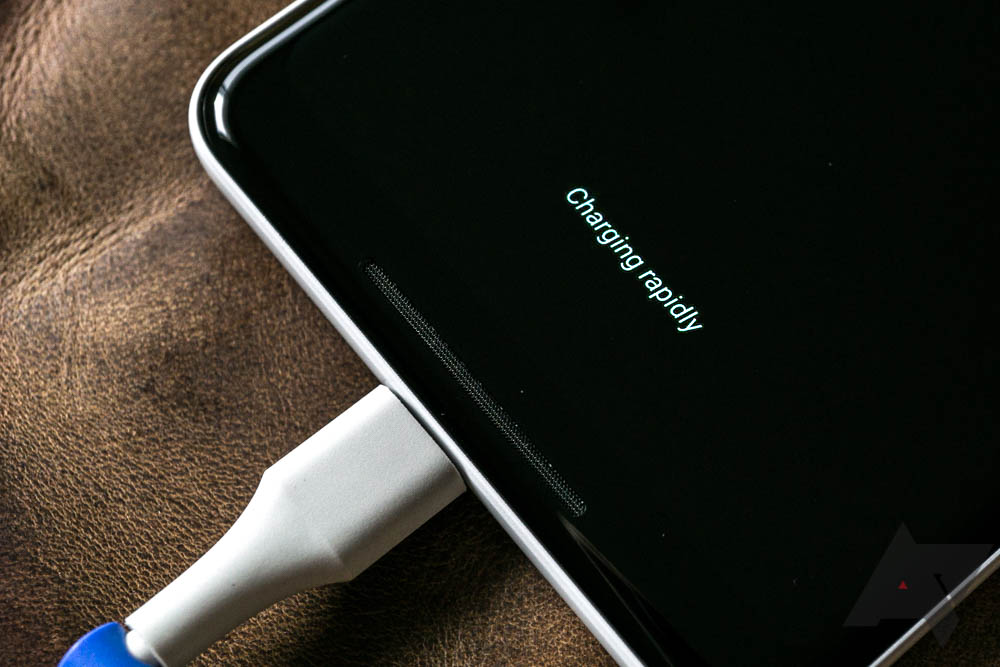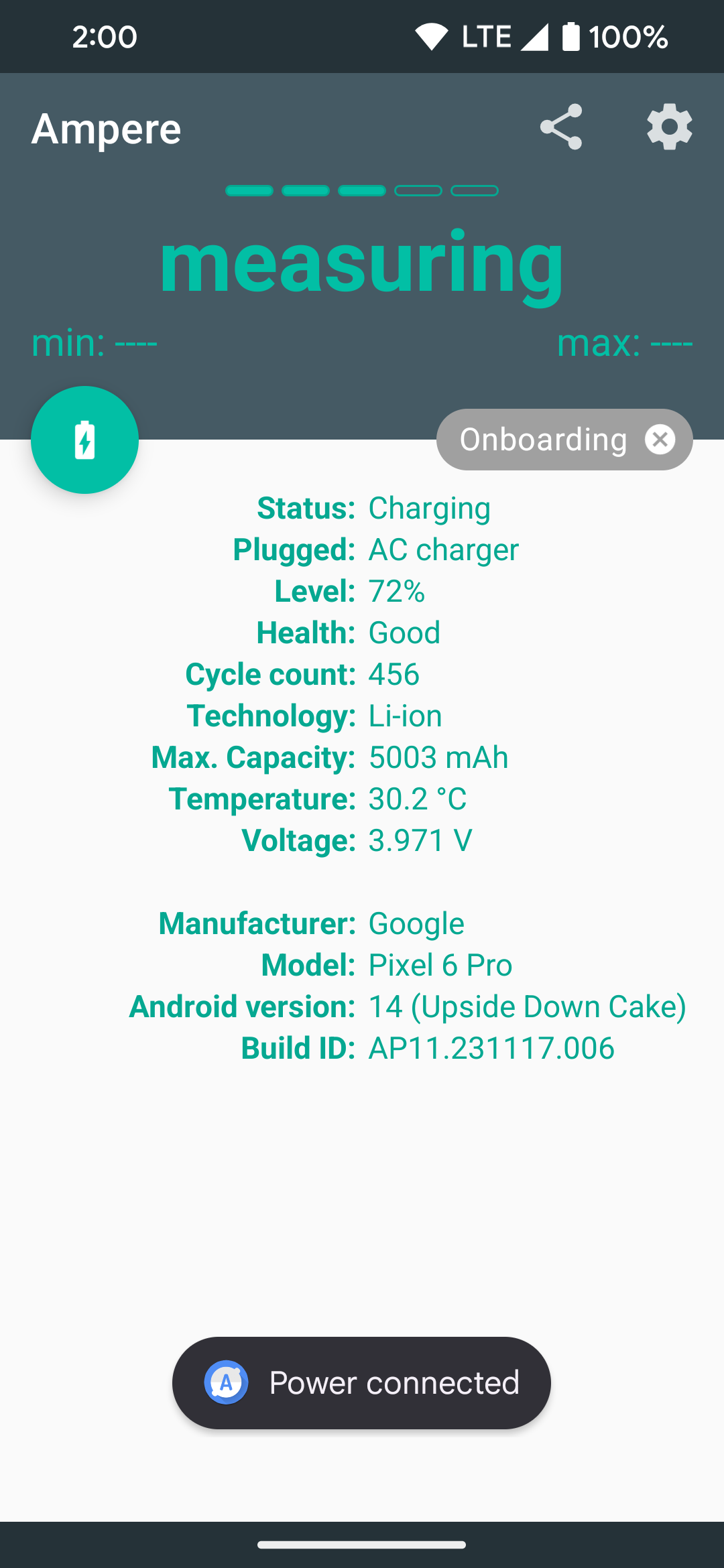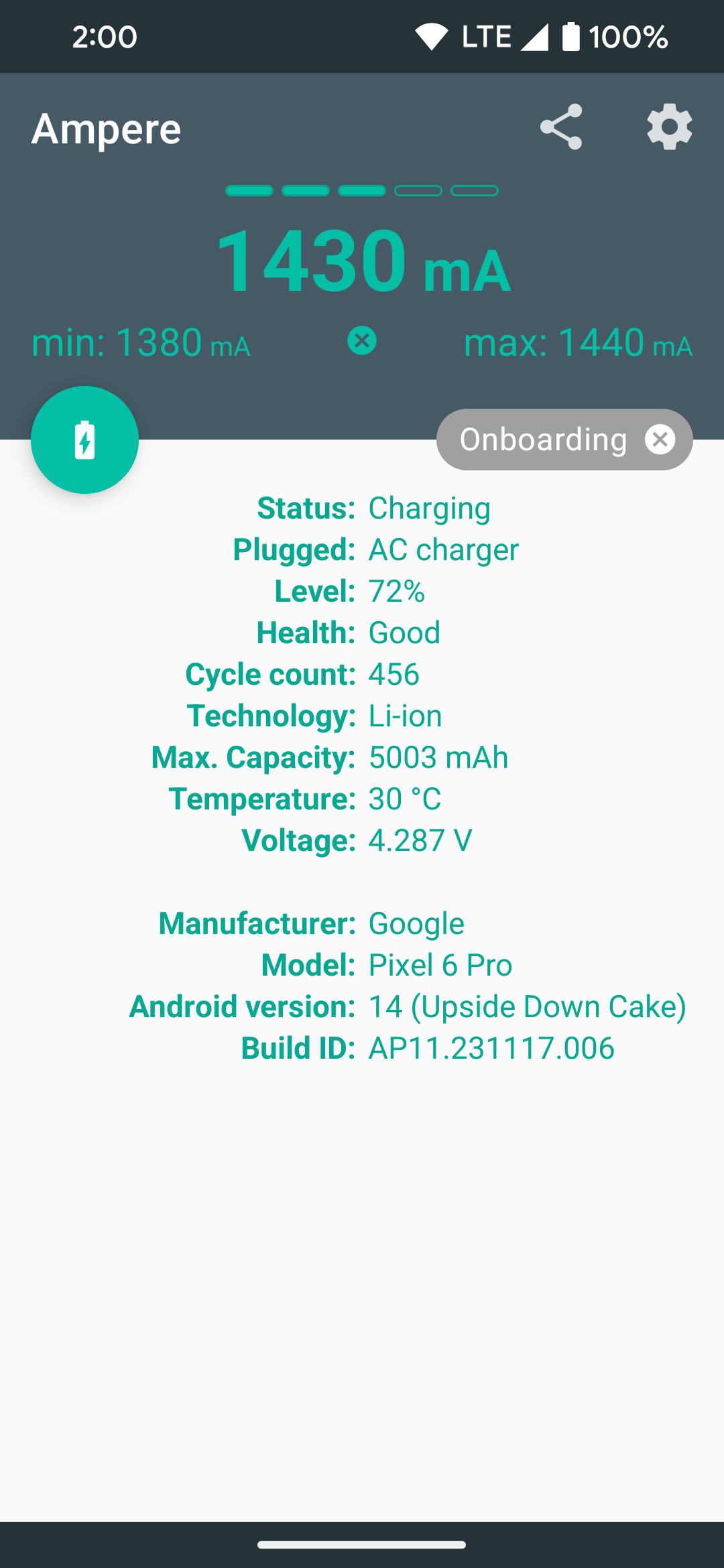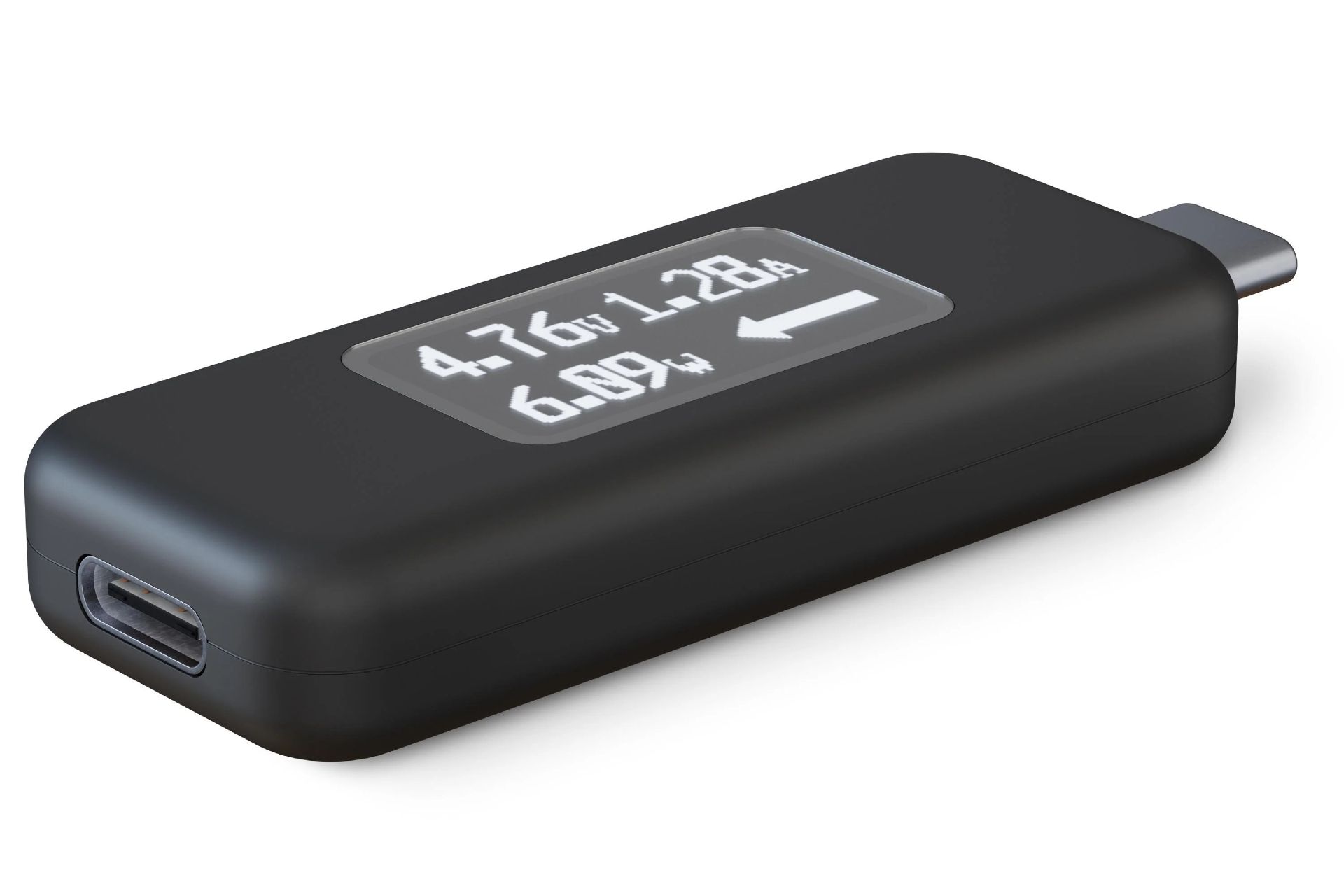You’ll need a reliable charger to charge your phone quickly and safely. All phones and chargers have power delivery circuitry that prevents damage to your phone. Grabbing one of the best smartphone chargers will steer you in the right direction. Knowing how your charger performs is just as crucial. The guide below shows you how.

Phone not charging? These tips will help you get connected
You may not have to buy another one just yet
Measure with a third-party app
Using an app is a cost-efficient and speedy method for gauging your charging performance. For quick results, we recommend the Android-friendly and free Ampere app. It measures the current going into your battery using an API that gathers the same battery and power data that the operating system collects.
- Download the Ampere app from the Google Play Store and install it on your Android device. There’s a pro version, but the free download is all you need.
- Look for the charging information for your phone to find its recommended charging wattage. A tech specs page or your phone’s manual should have this data. Google, for example, posts the minimum mAh for the Pixel 8 and recommends a 30W charger. Use these specs to make quick comparisons to the readout in the Ampere app.
- Charge your device with the charger you typically use. For the most accurate measurements, your battery should be depleted to below 50% when actively charging. Test it when the battery is lower because the charger delivers the maximum charging current to charge quickly. As the battery fills, the phone draws less current to prevent overcharging or damaging the battery.
- Open the Ampere app and let it run. You’ll see Measuring at the top of the app. The bottom of the app detects and shows information about your device’s battery, including its voltage, max capacity, and charge levels.


- The Ampere app provides power current readings measured in mA (milliampere). The top of the Ampere app shows readings for the minimum, maximum, and average charges.
- Calculate the wattage using the mA reading and the voltage listed in the section with your phone’s technical information. Watts = Volts X Amps. We’ll convert the average mA measurement in the screenshot to amps by dividing it by 1,000 (1430mA becomes 1.43A). Next, we multiply that by the volts listed in the info section (4.287 volts x 1.43 amps = 6.13 watts).
- Compare the wattage you calculated with the numbers on the label of your Android charger. Then, compare it to the device specs you gathered to see if you get optimal performance. If your calculations show that your phone is charging at 10W, but you know it’s rated for 15W fast charging, there’s room for improvement.
Charging always has some headroom built in, so the device or the charger isn’t damaged. The above example would likely be rounded up to 5V / 2A, making the device a 10W charger.
If you use USB Power Delivery (USB PD), which has become the standard for many USB-C devices, fast chargers may show amp readings around 5,000mA (5A). Slower technologies like Qualcomm Quick Charge 3.0 show around 3,000mA (3A). Ampere also shows discharge times as you use your battery. Generally, if the phone battery has been drained for testing and you’re charging at max power, measurements that are consistently under 25% of the rated amps indicate a problem.
Use a voltage meter
Source: Plugable
Your primary alternative to using an app on your smartphone is to purchase a voltage meter or similar device. This lets you measure the electricity flowing into your Android device quickly and effectively. It’s mechanically accurate and one of the best ways to diagnose a faulty or irregular charger. It’s a more expensive option than a free app, but if you’re interested in such a method, here’s what to try:
- Purchase an inline voltage meter. Affordable versions are available for testing consumer devices like phones. This USB-C meter from Plugable is one of the best affordable options.
- The meter acts as an intermediary between your charging cable and your device. Plug it into your device, then plug your charging cable into the meter.
- The meter shows a running measurement of the electricity flowing from the charger, through the cable, and into the device. It displays voltage (V), current or amps (A), and watts (W), so there’s no need to do the math we did using the Ampere app.
A physical device lets you switch between cables and chargers to see if any make an immediate difference. This is especially important because a cheap or damaged cable is often the culprit. However, physical devices come with limitations. The Plugable model mentioned does not support extended USB-PD power ranges of 28V or above, only supporting a 4-22V, 50mA-6.5A operating range.
Can changing chargers improve my Android charge speed?
The short answer is yes, if your phone supports more charging power than the charging adapter you are using is rated for. Switching to an upgraded charger may produce better results if your Android device supports a fast charging protocol. For example, say you have a phone that supports USB PD (Power Delivery) up to 25W of charging power, but your charger is limited and only supports up to 10W of charging. A new USB PD will charge your phone faster.
Android devices have several charging technologies and techniques, from wireless charging to the fast charging protocols smartphone manufacturers offer. Choosing your next phone charger can be complicated, as different wattage and amp numbers for specific Android device models can add to the confusion. For example, one advancement in smartphone charging technology is Gallium nitride (GaN). GaN chargers produce less heat, allowing higher charging speeds in a small form factor. A GaN charger charges a phone quickly and has fewer heat issues than its silicon counterparts.
The charger you choose depends on your Android device model, how new your phone is, and other details that can vary. Pay attention to the wattage and other specs when making comparisons. Most phones don’t ship with a charger. When you’re looking for the first charger for your new phone, find one with your phone’s maximum charging capabilities from the start.
You’re ready to test
You can check the battery-specific health stats of your smartphone to get a better idea of the shape it’s in. Use these measurement tools and methods to check the effectiveness of your Android device chargers and troubleshoot issues between the two. Also, buy from a reputable company to get the advertised charging speeds. You’ll also benefit from testing an older charger you’ve used for a while in case it isn’t up to speed.
Source link



